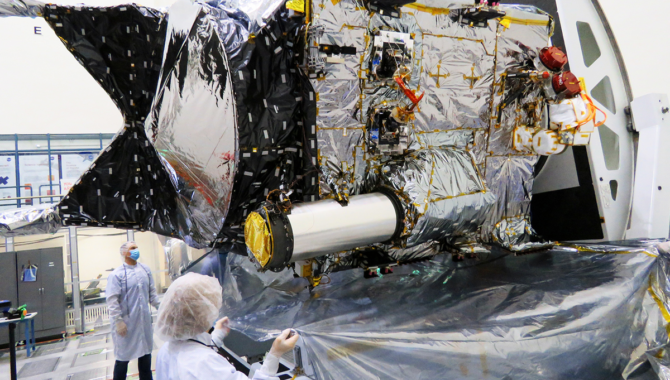
NASA to Test Optical Communications for Deep Space
Read More
DSOC demonstration will ride aboard Psyche spacecraft.

DSOC demonstration will ride aboard Psyche spacecraft.
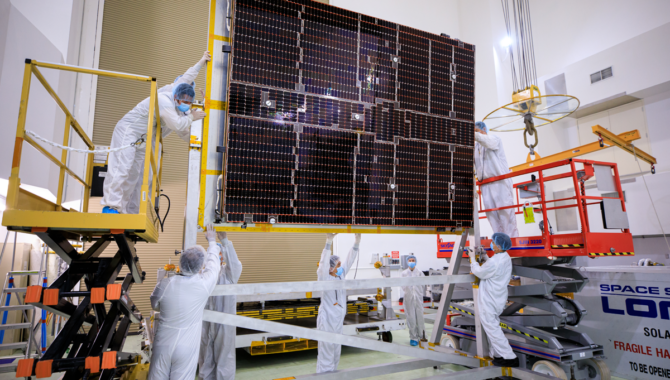
2.2-billion-mile journey to metal-rich asteroid tests new technology.
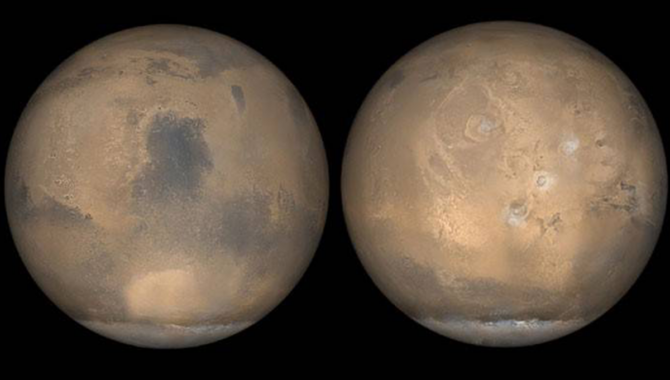
Mars Global Surveyor examines the Red Planet in unprecedented detail.

First landing marks the start of concentrated exploration.
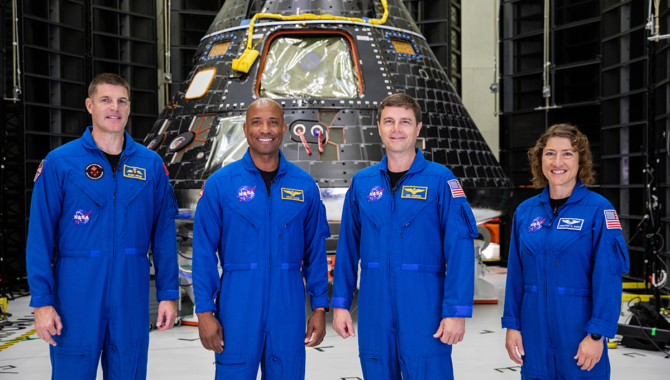
First crewed mission is crucial next step toward the Moon and Mars.
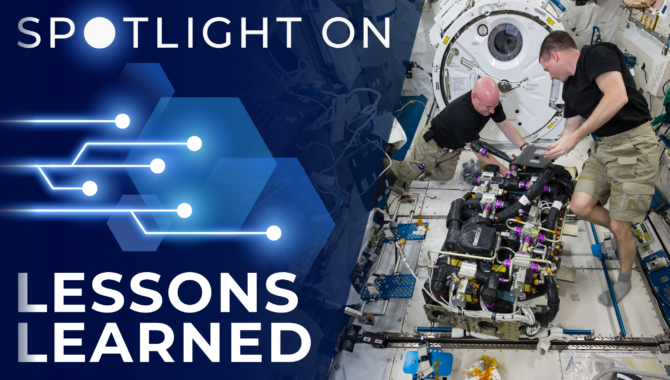
Integrated coordination of tasks involving common hardware used by different teams minimizes the impact of configuration changes.
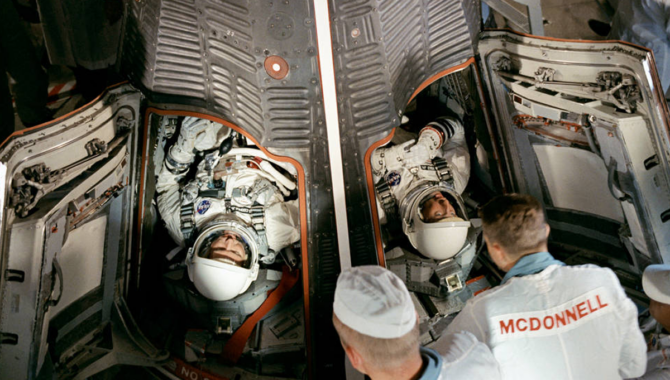
Record-setting mission carries new technologies.

Good acquisition management emphasizes not only what – but how – to buy.

Difficult summer highlights data NASA collects on Earth’s climate.